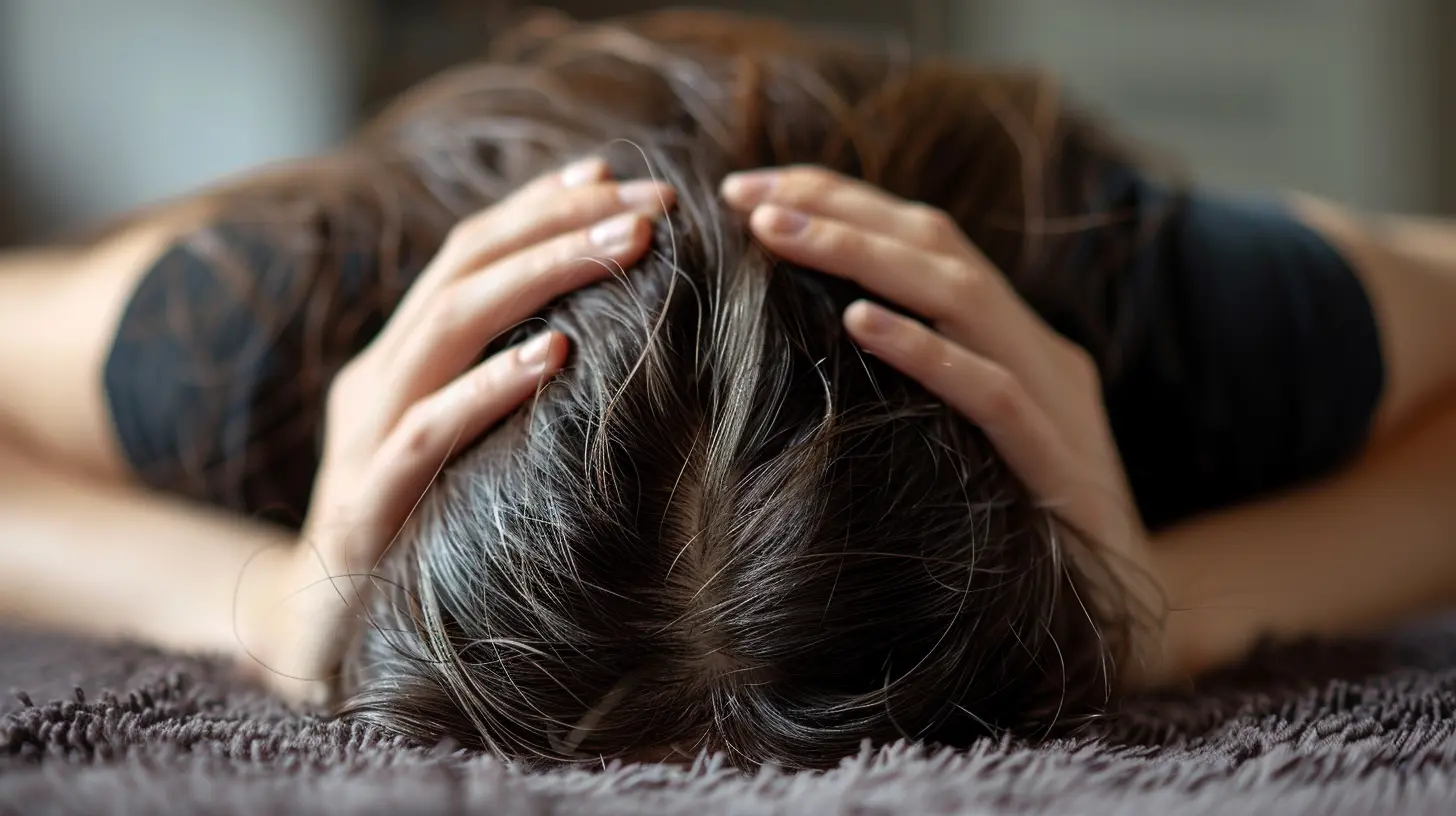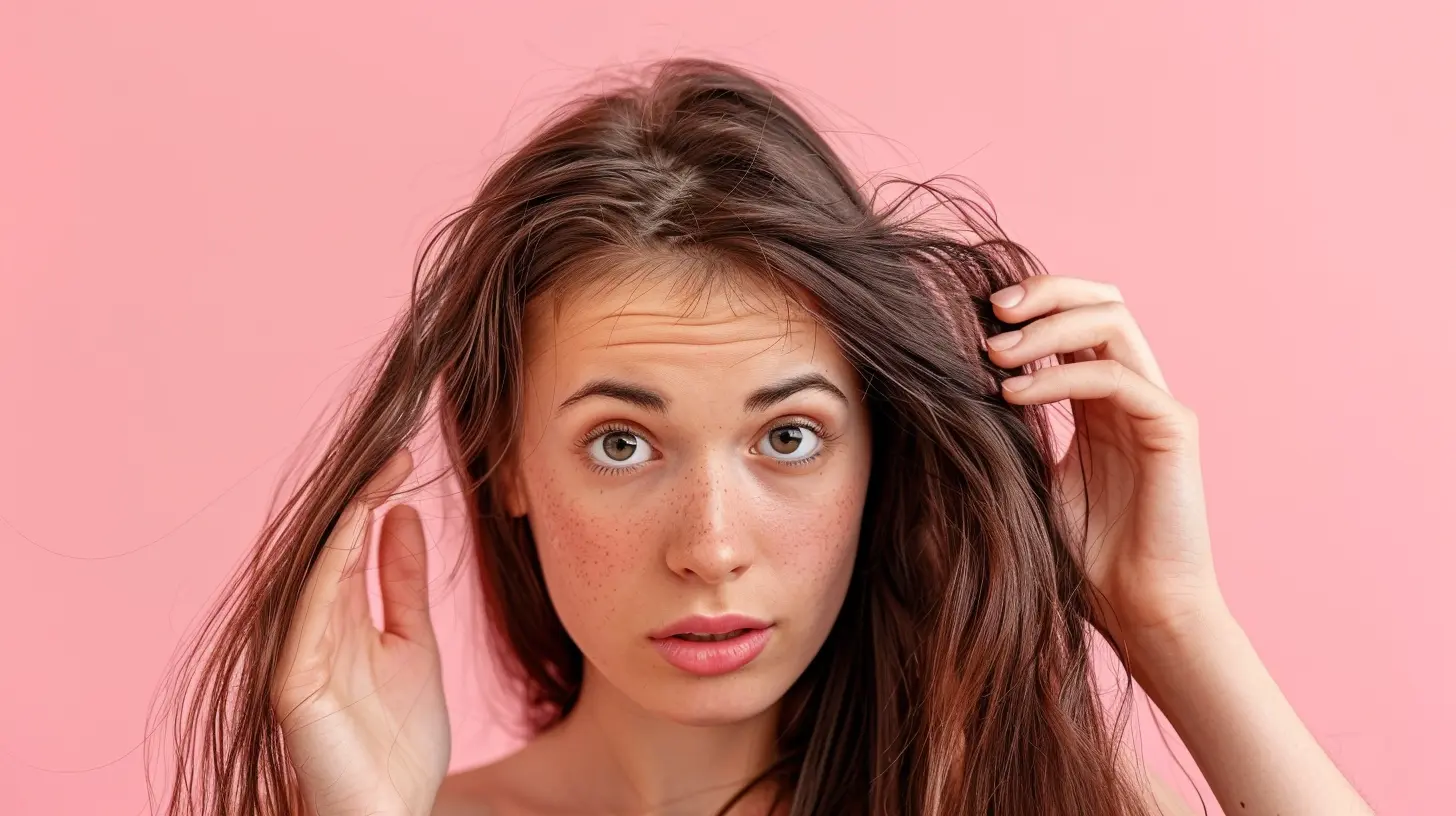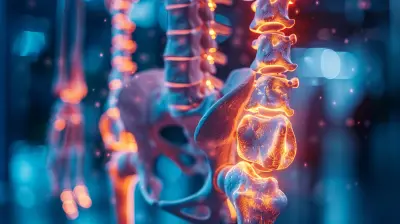Coping With Postpartum Hair Loss: Causes and Solutions
8 November 2025
Becoming a mom is one of the most beautiful experiences in life—but let’s be real, it also comes with a list of not-so-glamorous side effects. Sleepless nights, hormone rollercoasters, and then, just when you think you’re catching your balance again—your hair starts falling out. Like, a lot of hair. Every shower turns into a mini horror scene.
If you're staring at clumps of hair on your brush and wondering if you'll need to grab a wig soon, take a deep breath—you're not alone, and yes, it gets better. In this article, we’re diving into the nitty-gritty of postpartum hair loss—what causes it, why it happens, and most importantly, what you can do to feel a little more “you” again.
Let’s get into it, mama.
What Is Postpartum Hair Loss?
Postpartum hair loss, also known as postpartum alopecia, is essentially your body’s way of readjusting after giving birth. It usually kicks in around 2-4 months after delivery, right when you thought you were somewhat in the clear.You won’t go bald (promise), but you may notice thinning hair, especially around the temples and hairline. For some, it’s just a bit of shedding. For others, it feels like a full-out hair exodus. Either way, it’s totally normal.
Why Does Postpartum Hair Loss Happen?
Blame it on the hormones. Seriously.When you're pregnant, your estrogen levels skyrocket. One side effect of these high levels? Your hair stays in the growth phase (aka the “anagen” phase) way longer than usual. So, while you’re expecting, your hair often looks thicker, shinier, and just overall fabulous. (Thanks, hormones!)
But once you give birth, your hormone levels take a dive—fast. Estrogen decreases, and your hair responds by shifting into the resting phase (the “telogen” phase), which leads to increased shedding.
Here's a Quick Breakdown:
- During pregnancy: High estrogen = less hair falls out.- After birth: Estrogen drops = all that hair sheds at once.
It’s like your follicles are making up for lost time—suddenly releasing all the strands they’ve been holding onto for months.
When Does Postpartum Hair Loss Start and How Long Does It Last?
For most women, the shedding starts around 2 to 4 months postpartum. The actual timing can vary depending on your own hormone levels, genetics, and stress levels.The good news? It’s temporary. Most mamas see improvement by their baby’s first birthday, often much sooner.
That said, if your hair loss continues past the one-year mark or it feels excessive and doesn’t seem to slow down, it’s a smart move to talk to your doctor. It could be due to something else—like thyroid issues or a nutritional deficiency.
How Much Shedding Is Too Much?
Let’s face it—all of us lose some hair daily. On average, we shed about 50 to 100 hairs a day. Postpartum, that number can jump to 300 or more.It might feel alarming (especially when your shower drain looks like a furball), but again, it's usually part of the recovery process. If you're noticing widening parts, bald patches, or your ponytail is half the thickness it used to be, it's still likely within the range of normal postpartum shedding.
Other Factors That Can Make Hair Loss Worse
Though hormones are the main culprit, other things can add fuel to the fire:1. Stress
Let’s be honest—those newborn nights are no joke. The lack of sleep, the never-ending feeding cycles, the diaper blowouts... it’s stressful. And stress can speed up or worsen hair loss.2. Poor Nutrition
Your body needs nutrients to function well—including hair growth. If you’re not eating enough protein, iron, or key vitamins (hello, B12 and D), your hair might pay the price.3. Underlying Conditions
Conditions like anemia, thyroid dysfunction, or PCOS can also cause or worsen hair thinning. If you suspect something's off, mention it during your next check-up.How To Cope With Postpartum Hair Loss: Practical Tips & Solutions
Now for the part you’ve been waiting for—what can you actually do about it?While you can’t stop postpartum hair loss altogether (it’s hormonal, after all), there are lots of ways to support your body and your hair during this transition.
1. Be Gentle With Your Hair
Think of your hair like a silk blouse—treat it gently. Postpartum hair can be fragile and prone to breakage.- Use a wide-tooth comb instead of a brush.
- Avoid tight hairstyles (buns, ponytails) that pull on your roots.
- Skip the heat styling when you can—your flat iron won’t help here.
- Pat your hair dry instead of rubbing it with a towel.
2. Choose the Right Shampoo and Conditioner
Go for volumizing shampoos (they won’t weigh your hair down) and moisturizing conditioners to keep the ends soft. Avoid products with harsh chemicals like sulfates or parabens.Look for these ingredients:
- Biotin
- Keratin
- Niacin
- Collagen
- Caffeine (yes, it can energize your scalp too!)
3. Feed Your Hair From the Inside Out
You’ve probably heard “you are what you eat”—well, your hair is what you eat, too. If your body’s low on nutrients, it’s going to prioritize organs over aesthetics.Try to include:
- Protein: Eggs, chicken, legumes, Greek yogurt
- Iron: Spinach, lentils, red meat
- Omega-3s: Salmon, chia seeds, walnuts
- Zinc and B-vitamins: Whole grains, dairy, nuts
And if you’re still taking your prenatal vitamins—keep going. They help!
4. Consider Hair Supplements (With Caution)
Some women swear by postpartum hair supplements. Look for ones with:- Biotin
- Collagen
- Vitamin D
- Iron
- Zinc
But here's the deal: more isn’t always better. Always check with your OB or a healthcare provider before popping any new pills—especially if you’re breastfeeding.
5. Take Care of Your Scalp
Healthy hair starts with a healthy scalp. Consider using scalp serums with ingredients like rosemary oil or peppermint oil. They can promote blood flow and even stimulate hair growth.Low-level laser therapy caps are also gaining popularity, though results can vary and they’re on the pricey side.
6. Stay Hydrated and Get Sleep (When You Can)
Yeah, yeah—we know. Telling a new mom to “get more sleep” is basically a cruel joke. But even small steps like staying well-hydrated and squeezing in naps when possible can help your body recover—and support overall wellness (including hair growth).7. Talk to a Professional
If you're feeling overwhelmed, reach out. A dermatologist, trichologist (hair expert), or your OB-GYN can rule out other causes and recommend treatments tailored for you.Sometimes just knowing everything’s normal can take a weight off your shoulders—and reduce stress, which again, helps your hair.
Hairstyles and Hacks To Mask Thinning Hair
While you're waiting for your hair to bounce back, here are a few easy styling tricks to help you feel more confident:- Try a side part: This can make hair look fuller and disguise thinning at the crown.
- Go shorter: A lob or bob can give your hair a thicker appearance.
- Use root cover-up sprays: These help fill in sparse-looking areas temporarily.
- Dry shampoo is your friend: Adds volume and disguises oily roots on tough days.
- Volume-boosting mousse or texture spray: Adds some oomph for a fuller look.
Remember, this phase is temporary—but you still deserve to feel good while moving through it.
Emotional Side of Hair Loss: Be Kind to Yourself
Let’s not sugarcoat it—losing hair can really mess with your self-esteem. Our hair isn’t just hair; it’s part of our identity. So when it changes, it can shake us up.Give yourself grace. You just grew a tiny human. Your body needs time to recalibrate.
Talk to your partner, lean on your support system, and maybe even consider chatting with a therapist if you're feeling down. Postpartum mental health matters, too.
When Should You Worry?
Like we’ve said, most postpartum hair loss is completely normal. But there are a few red flags to watch for:- Hair loss lasting more than a year
- Noticeable bald patches
- Other symptoms like fatigue, dry skin, or weight gain
These could hint at an underlying issue like thyroid imbalance or anemia. Get it checked out—peace of mind is priceless.
Final Thoughts
Postpartum hair loss can be a shock—but it’s also a sign your body is doing its job, recalibrating after doing something miraculous. It’s not easy, and it’s totally okay to feel emotional about it.The most important thing to remember? You’re not alone. This phase will pass. You are still beautiful, powerful, and rocking motherhood—roots and all.
Hang in there, mama. Your glow-up is still under construction.
all images in this post were generated using AI tools
Category:
Postpartum HealthAuthor:

Holly Ellison
Discussion
rate this article
1 comments
Luna Murphy
Totally relatable! Thanks for sharing these helpful tips!
November 8, 2025 at 5:00 AM

Holly Ellison
Thank you! I'm glad you found the tips helpful!


